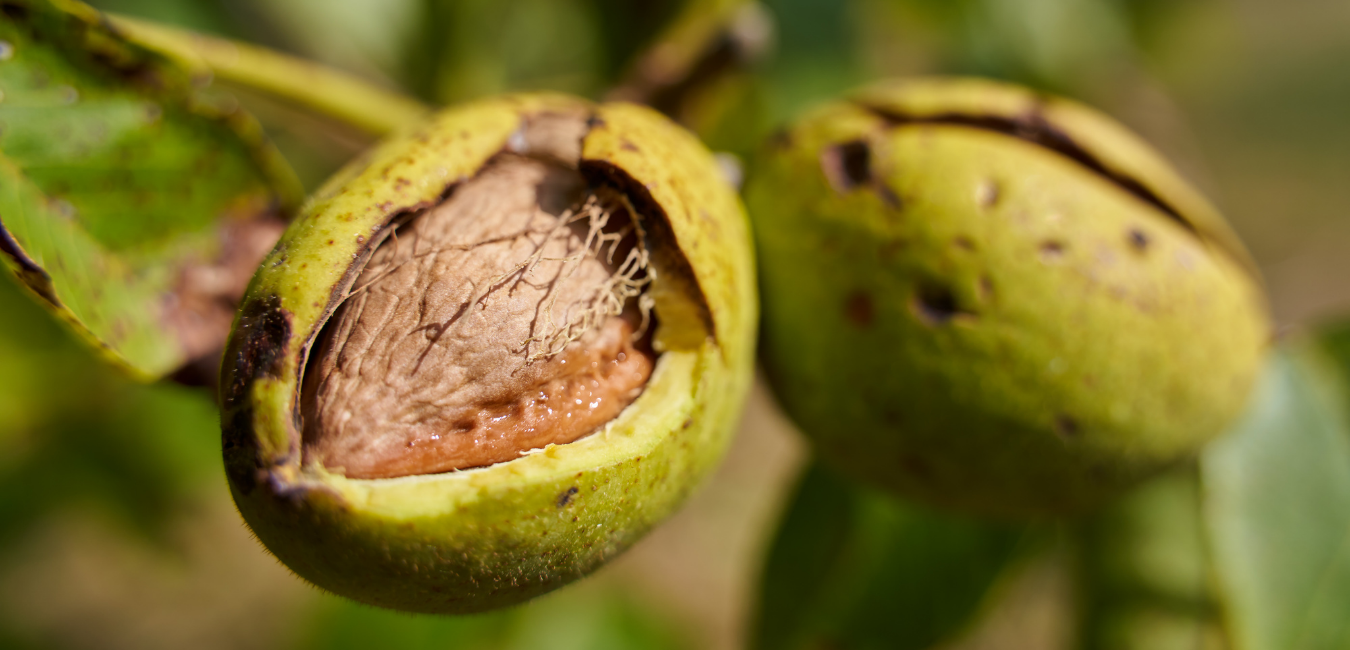Currently Empty: $0

FOOD TECHNOLOGY (08-10-2021)
Q1. The ideal temperature range for ripening is?
- 15 – 25°C
- 5 – 10 °C
- 25 – 30°C
- 30- 35°C
ANSWER: 1. 15 – 25°C
-
Explanation: The ideal temperature range for ripening is 15-25°C, and the greater the temperature within this range, the faster the ripening. During ripening, relative humidity should be kept between 90 and 95 percent. In an enclosed room, about 10 ppm ethylene is enough to start ripening. Ethylene is created when calcium carbide reacts with moisture, which is commonly used in the fruit trade to speed up the ripening process.
READ MORE – FOOD TECHNOLOGY (08/09/2021)
Q2. Commercially _______ is used for the pre-harvest ripening of top fruits, soft fruits, tomatoes.
- Ethephon
- Polyphenol Peroxidase
- Polygalacturonase
- All of the above
ANSWER: 1. Ethephon
-
Explanation – Ethephon is used commercially to ripen top fruits, soft fruits, tomatoes, and coffee before harvest. It’s also used to make fruit and berry harvesting easier (by loosening the fruits) and to speed up post-harvest ripening. It is a type of plant growth regulator with systemic effects. It is translocated after penetrating the tissues. The active metabolite, ethylene, is formed as it decomposes.
READ MORE – FOOD TECHNOLOGY (18-09-2021)
Q3. The term “processing” as used in canning technology is also called as
- Exhausting
- Retorting
- Syruping
- Lacquering
ANSWER – 2. Retorting
-
Explanation: In the canning technique, the phrase “processing” refers to the heating of canned items (fruits, vegetables, and other foods) to kill microorganisms. This is referred to as “retorting.” Processing entails calculating the exact temperature and duration of cooking required to eradicate all bacterial growth potential. Saturated steam is used to heat the product in a retort.
READ MORE – FOOD TECHNOLOGY (28-09-2021)
Q4. The zone of slowest heating in a container is called as?
- Heating point
- Chilling point
- Cold point
- Freezing point
ANSWER: 3. Cold point
-
Explanation: The cold point in a container is the zone of slowest heating, and it is the most difficult to sterilize. For conductive heating foods, the thermal center is in the geometric center of the container, while for convective heating foods, it is approximately one-third up from the base of the container. A thermocouple is placed at the thermal center of a container to monitor temperatures in the food during processing to determine the rate of heat penetration.
READ MORE – FOOD TECHNOLOGY (08/08/2021)
Q5. The important factor that influences the rate of heat penetration into food are?
- Shape of the container
- Size of the container
- Temperature of the retort
- All of the above
ANSWER – 4. All of the above
-
Explanation – Type of product, container size, container agitation, and container temperature are all critical elements that determine the rate of heat penetration into a food. The retort’s temperature, the container’s shape, and the container’s type. Small containers allow heat to penetrate more quickly to the center than huge containers. Heat penetrates faster when the temperature differential between the meal and the heating medium is greater. In convective heating, tall containers encourage convection currents.
READ MORE – FOOD TECHNOLOGY (06-10-2021)

 0
0

